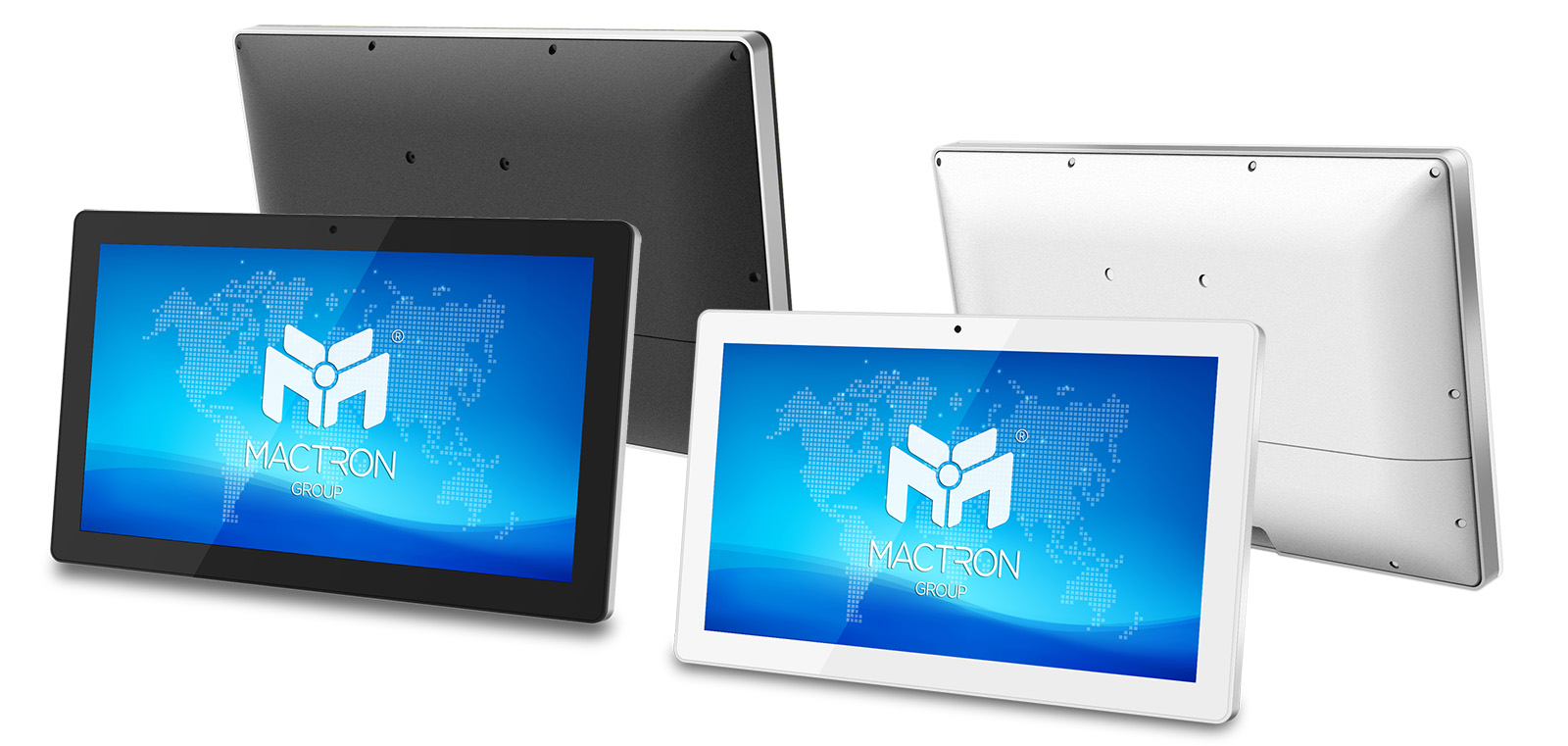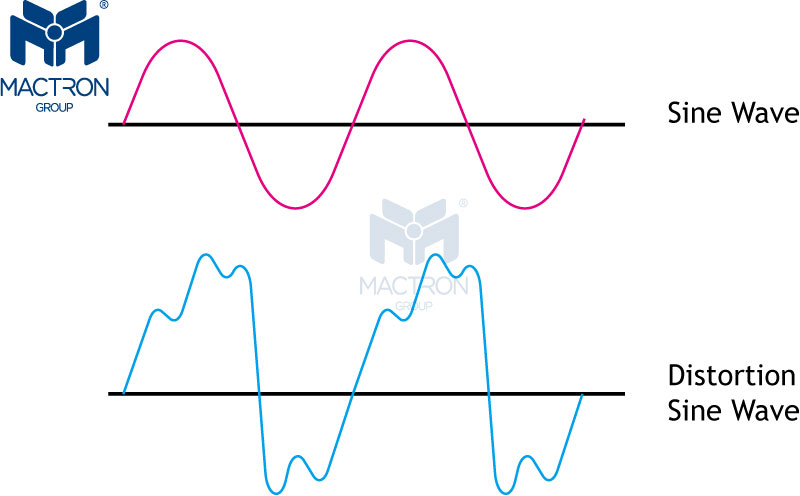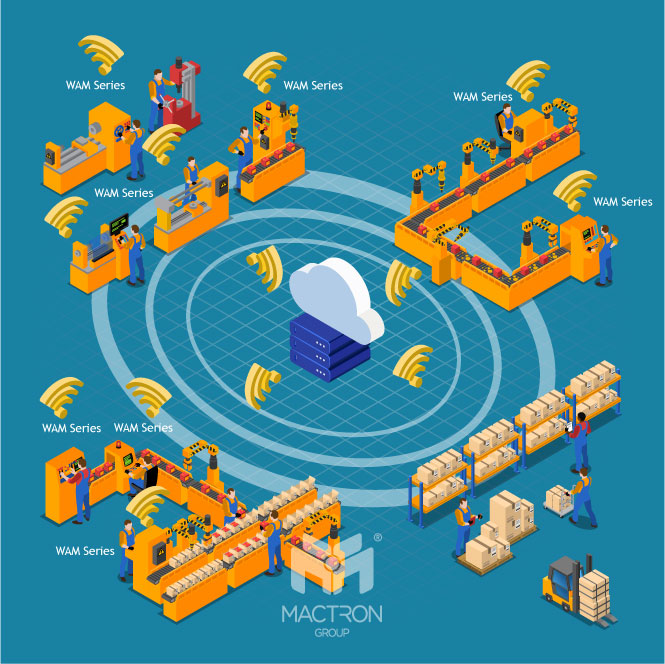In recent years, USB Type-C has become the universal standard for modern devices, including smartphones, laptops, tablets and other electronics. However, one of its most impactful applications is in rugged tablets, where reliability, durability, and flexibility are important. Rugged tablets are specifically designed for use in harsh environments such as industrial production line, field services, and some of military operations. In these challenging applications and environments, the advanced features of USB Type-C offer significant advantages that enhance both functionality and performance.
The Evolution of USB Leading to USB Type-C

The development of USB Type-C marks a significant evolution in the Universal Serial Bus (USB) standard, which was initially introduced in the 1990s to standardize connections between computers and peripherals. Over the years, USB technology has advanced to accommodate the increasing demands of modern devices for faster data transfer, higher power delivery, and more versatile connectivity. USB Type-C, introduced in 2014, represents a response to these growing needs.
- Early USB Standards:
- USB 1.0 and 1.1 (1996-1998): The first USB standard was created to simplify the connection between computers and peripherals such as keyboards, mouse, and printers. It provided speeds of 12 Mbps.
-
USB 2.0 (2000): This version brought a significant upgrade, increasing data transfer rates to 480 Mbps. It became widely used for external storage devices, camera, and other peripherals. However, limitations started to appear as devices became more powerful and required faster data transfer.
- USB 3.0 and 3.1 (2008-2013)
- USB 3.0 (2008): With the advent of HD video and other data-intensive applications, USB 3.0 introduced the data transfer speeds of up to 5 Gbps. It became a major step forward, but it still retained the larger, non-reversible USB-A connector.
- USB 3.1 (2013): This update increased speeds to 10 Gbps (also known as SuperSpeed+) and introduced improved power delivery. But it still used the older connectors.
These advancements in speed and power capabilities highlighted a need for a more efficient, future-proof connector that could handle the growing demands for faster data transfer, greater power output, and seamless usability. This led to the introduction of USB Type-C.
- USB Type-C (2014)
USB Type-C was developed by the USB Implementers Forum (USB-IF) which aim to standardize and evolve USB technology. USB Type-C was released in 2014 and designed as a universal connector that would address many of the limitations of earlier USB standards.
Key Features of USB Type-C
- Reversible Design: Unlike its predecessors (USB Type-A, Micro-USB), the USB Type-C connector is fully reversible, meaning users can plug it in either way without worrying about orientation.
- Compact Size: USB Type-C is much smaller than USB Type-A and Type-B connectors, making it ideal for modern, slim devices like smartphones, laptops, and tablets.
- High Data Transfer Rates: USB 3.1 (the first standard that introduced USB TYPE-C) supports speeds of up to 10 Gbps. Later revisions like USB 3.2 and USB4 offer even faster speeds, up to 40 Gbps. Power Delivery (PD): USB Type-C supports the USB Power Delivery standard, allowing for significantly higher power output (up to 100W). This enables it to charge larger devices such as laptops, monitors, and even external batteries.
- Video and Audio Transmission: USB TYPE-C can also carry video signals, supporting standards like DisplayPort and HDMI.
- Universal Adoption: USB TYPE-C has been adopted across a wide range of devices including smartphones, laptops, tablets, gaming consoles, and accessories. It is seen as a standard for the future electronics.
Why USB Type-C is Ideal for Rugged Tablets…

Durability and Reversibility
Rugged tablets are often used in demanding conditions where quick and reliable connections are crucial. The reversible design of USB Type-C means users don’t have to worry about the direction of plugging in cables, reducing wear and tear on ports, which is critical in environments where dust, moisture, and impact are common.
Fast Data Transfer for Critical Operations
Rugged tablets are often used to transfer large amounts of data, whether it’s for inventory management in a warehouse or real-time field data collection. USB Type-C supports high-speed data transfer protocols like USB 3.2 and USB4, enabling data rates of up to 40 Gbps. This allows users can quickly sync large files, transfer data, or connect external devices ensuring that workflows are not disrupted by slow transfer speeds.
Power Delivery (PD) for Charging
The Power Delivery feature of USB Type-C is particularly useful for rugged tablets, which are often used in mobile, outdoor, or remote locations. With up to 100 watts of power delivery, Type-C can efficiently charge rugged tablets in the field, where downtime can be costly. Additionally, USB PD allows for intelligent power negotiation, ensuring that the device receives the appropriate amount of power, extending battery life and preventing overheating during long usage periods.
Enhanced Connectivity with Peripherals
Alternate Modes of USB Type-C allows rugged tablets to output video and audio via a single port.
Future-Proof Design for Evolving Workflows
As technology continues to advance, the demands on rugged tablets grow. USB Type-C is future-proof, supporting backward compatibility with legacy USB devices while also accommodating emerging technologies. For industries like manufacturing, logistics, and healthcare, where rugged tablets play a critical role, this ensures that the devices can continue to integrate with new tools and systems over time.
Conclusion: The USB Type-C Advantage in Rugged Tablets
The combination of durability, high-speed data transfer, power delivery, and flexibility of USB Type-C makes it a perfect match for rugged tablets. These devices are essential for professionals working in extreme environments, and the advanced capabilities of USB Type-C help ensure they perform reliably, regardless of the conditions. As rugged tablets continue to evolve, USB Type-C will remain the basement of their design of their design, enhancing their ability to meet the demands of modern industrial and field applications.
Check out
MACTRON GROUP (MTG)’s
MTP Series. Our
MAS and
MAA features an Intel Processor and ARM SoC, providing a reliable, secure and remotely manageable computing systems. It can meet all your business needs, optimize job procedures, and save the cost of manageability.
Contact
MACTRON GROUP for more information.














































